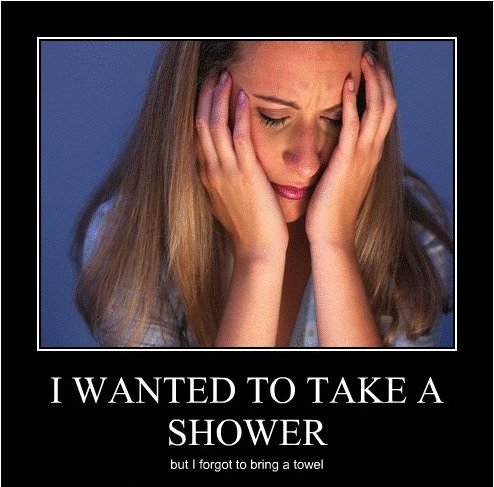Over the past couple years, a new meme or slang phrase has entered our lexicon: "first world problem." It has now reached the tipping point of ubiquity where even your typically uncool friends have picked up on it and started saying it, despite the fact that those "in the know" have been throwing it around for some time.
In case you haven't had the chance to hear it, and are bad at context clues, it means that the speaker is experiencing something that only folks in wealthier countries have to "deal with." One example might be: "My nanny called in sick today and I have to drive the kids to school. I know, first world problems." Or try this on for size: "My parents will only pay for an in-state school, but I really want to go to Vandy. First world problem!" Even something mundane: "This Moscow Mule tastes terrible; the bartender is an idiot. First world problems, bullying"

In case you haven't had the chance to hear it, and are bad at context clues, it means that the speaker is experiencing something that only folks in wealthier countries have to "deal with." One example might be: "My nanny called in sick today and I have to drive the kids to school. I know, first world problems." Or try this on for size: "My parents will only pay for an in-state school, but I really want to go to Vandy. First world problem!" Even something mundane: "This Moscow Mule tastes terrible; the bartender is an idiot. First world problems, bullying"






























